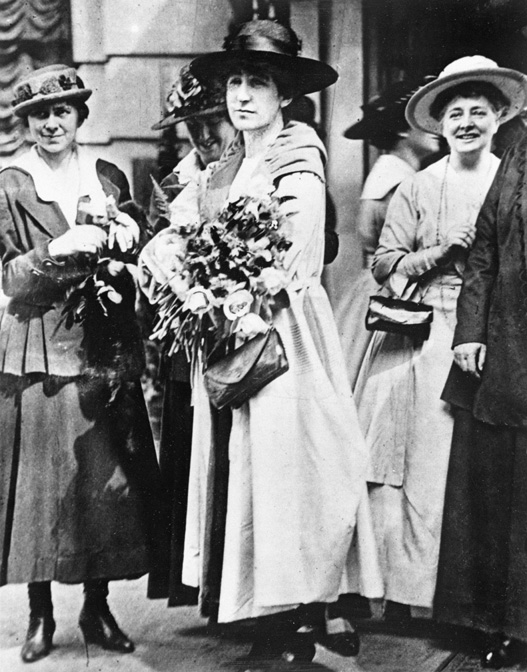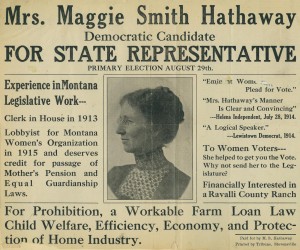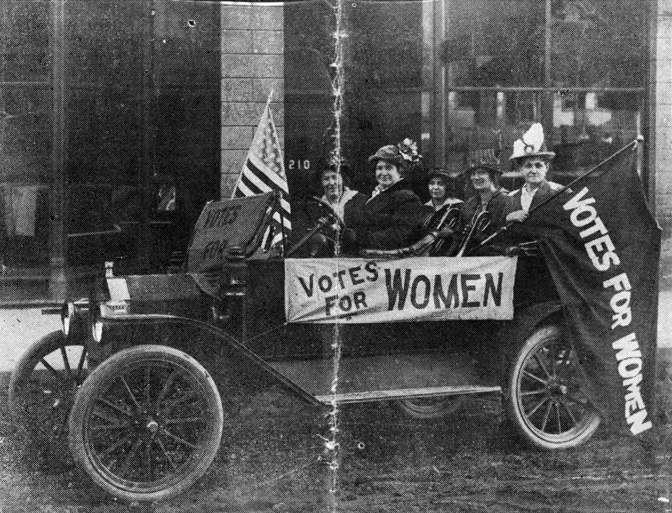
Jeannette Rankin of Missoula, Montana, was the first woman elected to the U.S. House of Representatives. Unsurprisingly, her election made headlines across the country. People wanted to know who this western upstart was and what this radical change might portend. The Kentucky Courier-Journal captured the magnitude of the political quake when it wondered, “Breathes there a man with heart so brave that he would want to become one of a deliberate body made up of 434 women and himself?”
Born on a ranch near Missoula in 1880, Jeannette Rankin was the oldest of John Rankin and Olive Pickering Rankin’s seven children. She attended the University of Montana, and in 1908—inspired by the career of Jane Addams, founder of Hull House, the famed Chicago settlement house—she headed to New York to study social work at the New York School of Philanthropy. She worked briefly as a social worker and then as an organizer for the National American Woman Suffrage Association in several states’ suffrage campaigns. In 1914 Rankin returned to Montana to help lead her state’s suffrage movement to victory. Rankin believed that western conditions, in which men and women had to share the tasks of settlement, encouraged greater gender equality than existed in the East, making it easier to convince Montana men to give women the vote.
Building on the grassroots organization she had created in 1914, she ran for Congress as a Progressive Republican in 1916 and won the seat. When she learned that she had been elected, she said, “I knew the women would stand by me.” And indeed, newly enfranchised Montana women went to great lengths to vote for her. Edith Mutchler wrote to Rankin from Chester to tell her that she was eight months pregnant when she “rode 14 mi on a cold windy day” to cast her ballot, but testified that she “would gladly do it again.” Continue reading Jeannette Rankin: Suffragist, Congresswoman, Pacifist

